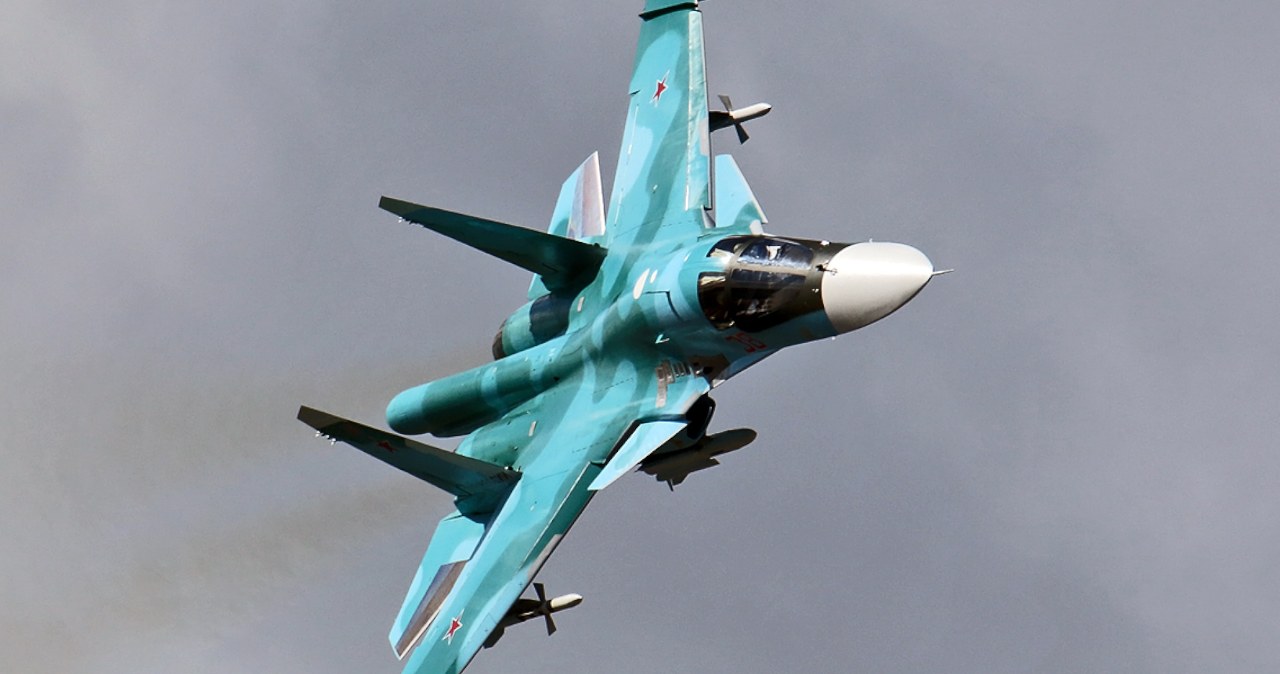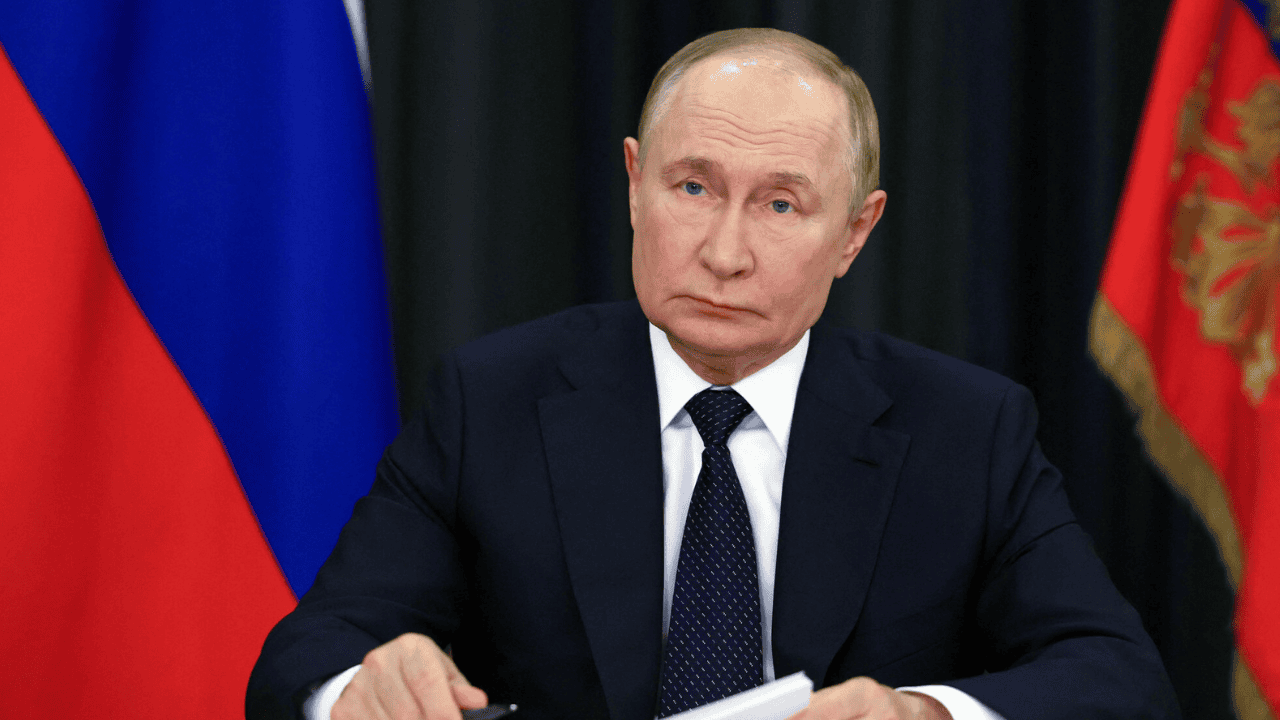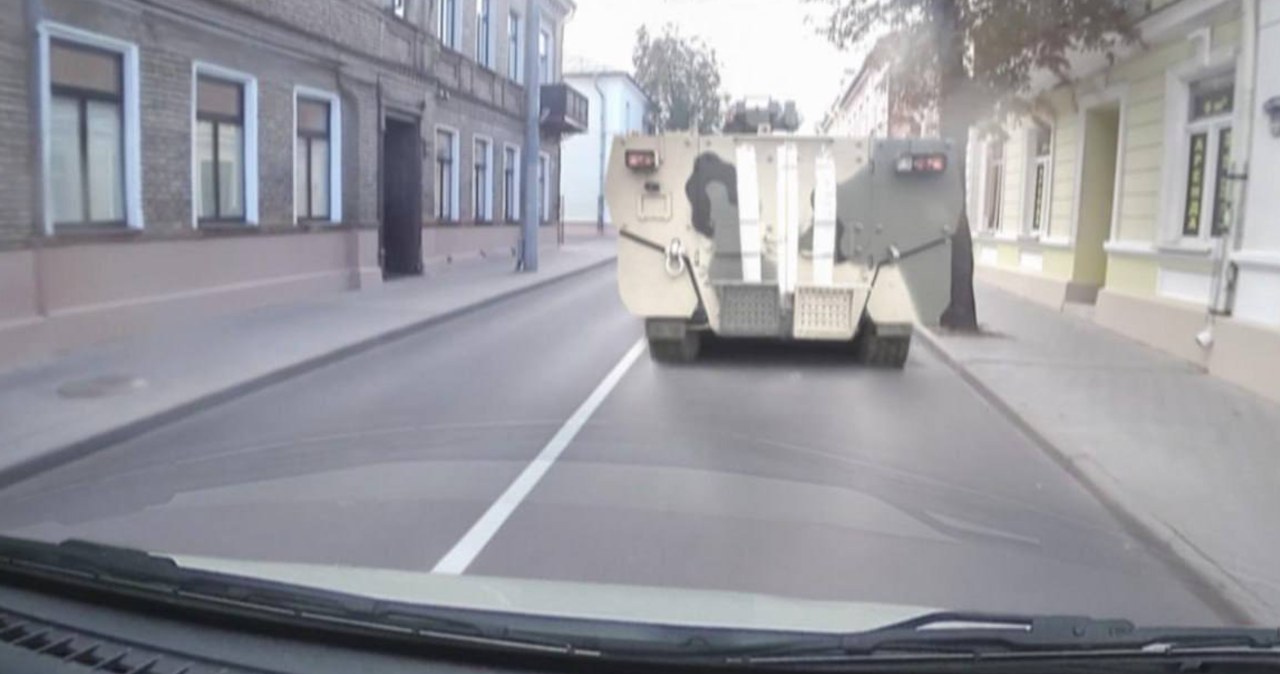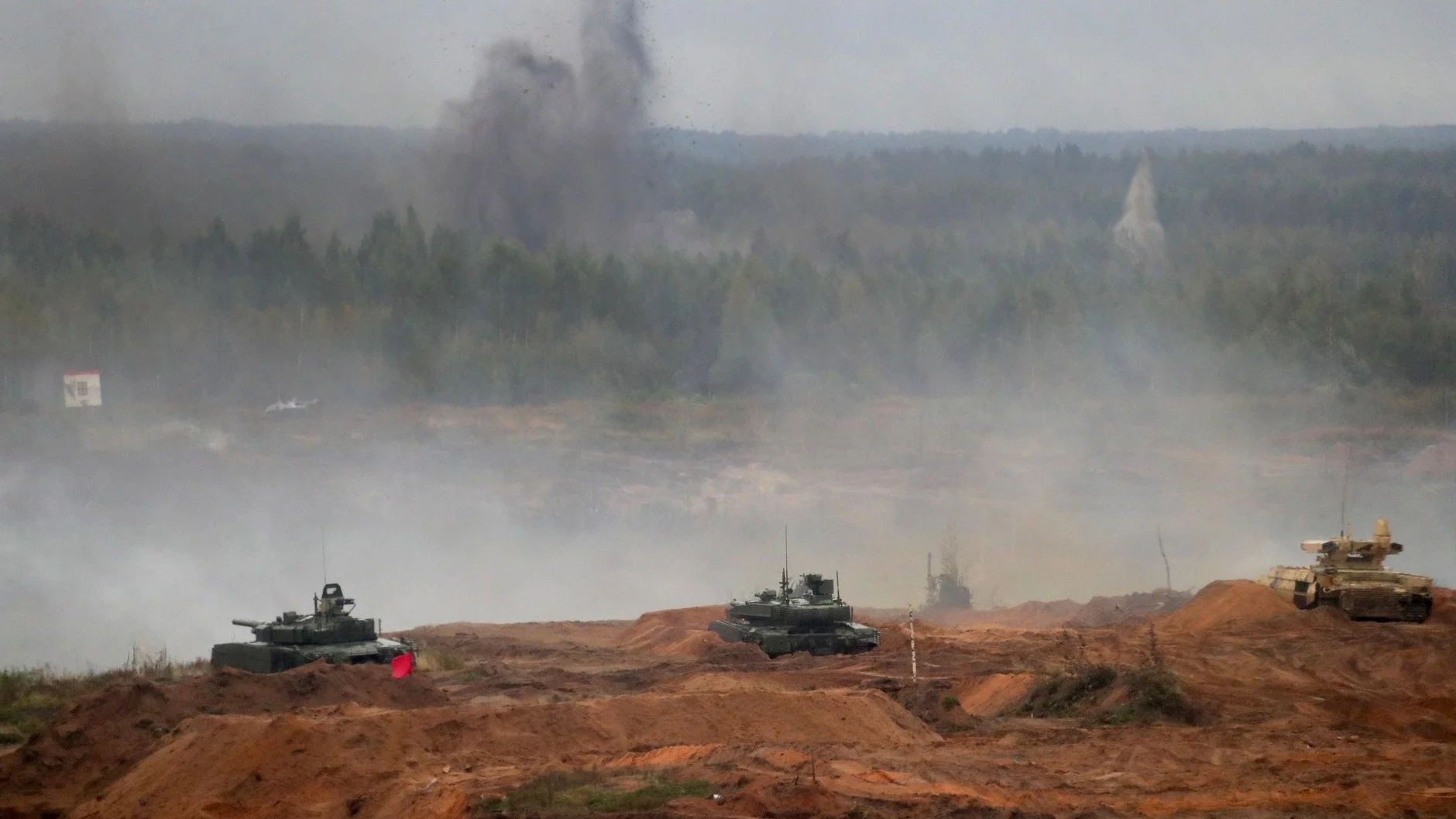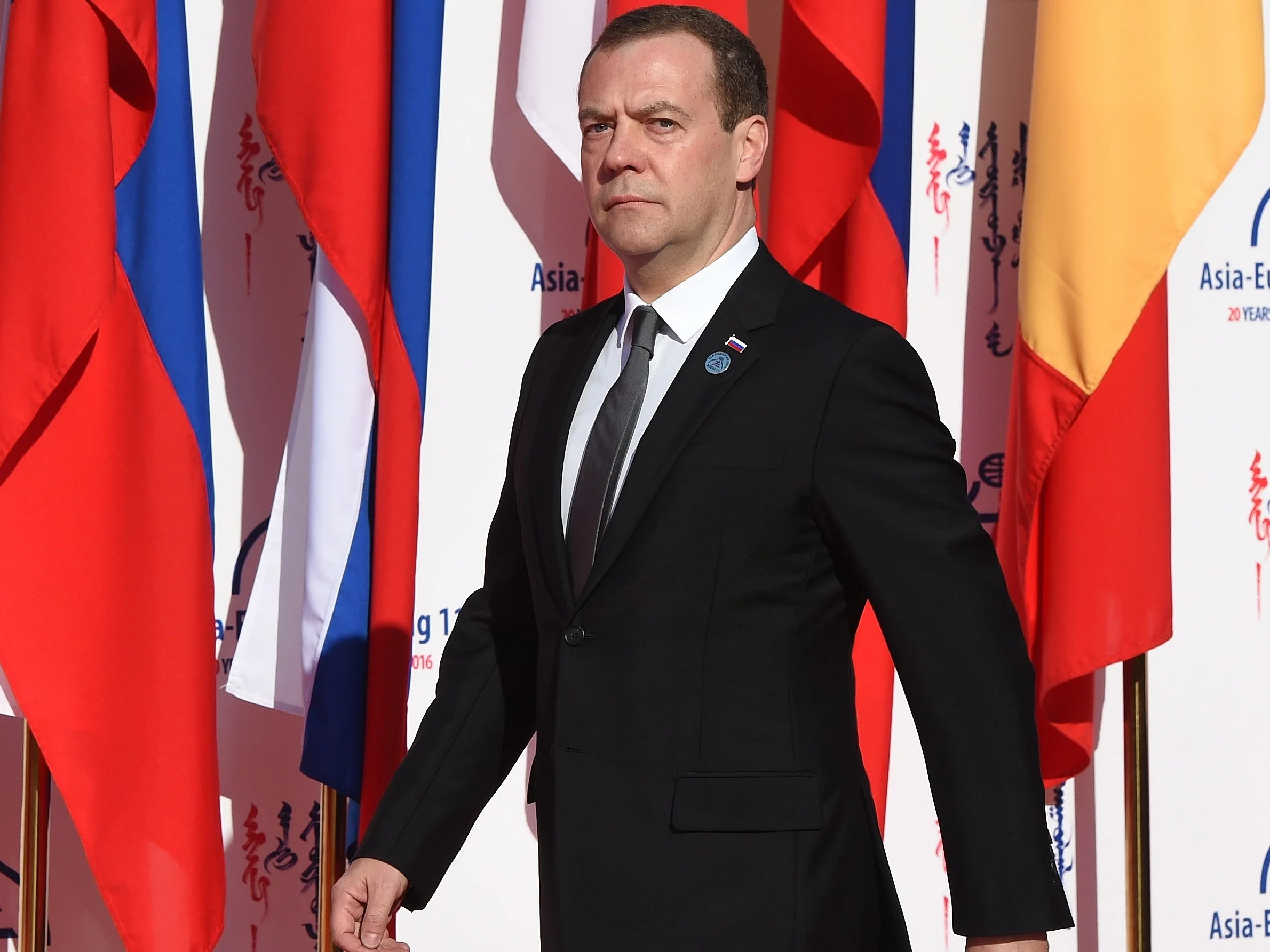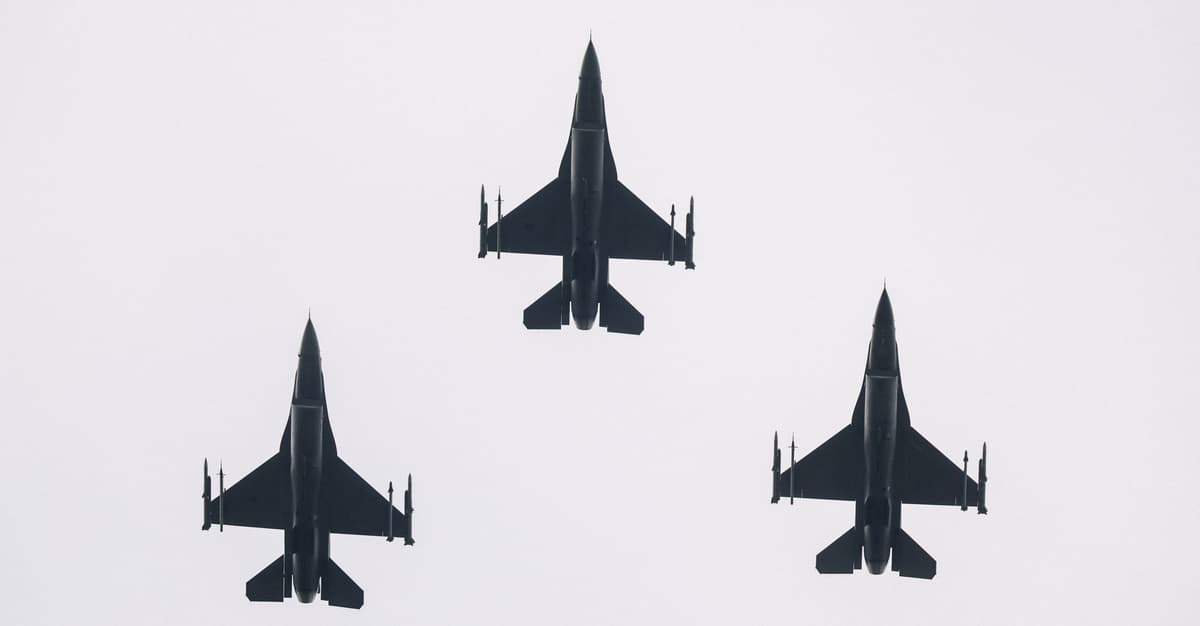Support by buying in the store: https://uassupporter.com/RZU
Consider supporting the channel by joining the support group: https://www.youtube.com/channel/UC-Q1gV2g_ck4LZG8axhAeVg/join
Support by clicking the “Thank you” button next to the ft up and the sharing button
Official @RFU channel translation
Day 739.
Today, quite a few interesting information came out from the direction of Kupinsk
Here, after the Russian forces made major adjustments in their plans in the face of catastrophic operations in the Synkiwa area, Russian forces launched a massive attack from the other side
Despite first success in breaking the first line of defense, Russian forces failed to accomplish their goal, as the intent of the operation was to subdue the Ukrainians and establish control of Kyslivka.
As a consequence of these events, both Ukrainian and Russian sources study that positional fights were resumed in the vicinity of Synkiwka
According to various reports, Ukrainians keep at least 2 main defensive belts here: 1 around Synkiwka, which has kept the line for months, and the another somewhat southeast, around Petropawliwka.
Many analysts have asked how Russian forces can keep the same tactics after almost a year in which advancement can be estimated at respective 100 metres
Firstly, there are respective another reasonable options for advancement in another directions
If we look at the topographic map, we will see that the area presently controlled by Russian forces is blocked in the west by a double natural barrier in the form of the Oskil River and highly advanced areas right next to it.
This double natural barrier fundamentally reaches the border with Russia
Another option is to usage a direct road from the edge of the forest to Kupinsk, but it has its disadvantages
The biggest flaw in this option is that this line is again besides close to local highlands, of which Russian attacks can be neutralized with comparative ease.
On the another hand, an attack from the east would mean crossing many open fields, which are densely mined, making the attack highly dangerous.
In addition, an attack from this place would mean counterattacks from 2 defensive belts.
So, given only these geographical factors, the best option for the Russians seems to be to get out of the woods and take care of Synkiwa.
Secondly, although Russian forces already control much of the forest, they must control the fortification outside the forest from which they would organise larger attacks.
Moreover, the mechanized attack through the forest will always be much more complicated as the Synkiwka remains under Ukrainian control due to the fact that they will be closely watched there
If the Russians yet gain control of this fortification, they plan to cross the corridor between the forest and the second defensive strip from there to the city.
Therefore, the Russians realize its tactical importance and another essential step from forest to city.
Thirdly, as we have seen before in this war, there is simply a clear deficiency of adaptation from the Russian army, which seems to have taken place again.
So far, their strategy in this area consists exclusively of frontal attacks from the forest towards Synkiwa, with very insignificant changes to this tactic
Last month, media stormed video footage of failed frontal attacks on Synkiwka
Russian columns were completely destroyed due to the fact that air surveillance allowed Ukrainians to ambush the attackers, involving artillery, anti-tank weapons and FPV drones.
During the retreat, they besides encountered dense minefields.
Even prominent Russian military analysts powerfully criticized the deficiency of adaptability and reassessment plans in the face of a clear repetition of defeat
In addition to this kind of frontal attacks, various Ukrainian sources study the usage of “ Wagner” tactics and Storm-Z battalions by Russian forces in this area.
In this kind of tactics, convict assault groups are pushed forward, thus covering the creation of a defence just behind them.
Thus they take place to retreat and transfer ammunition.
Both the repeated frontal attacks and the “Magner” tactics may propose that Russian commanders simply agreed to accumulate marginal profits for months, even at the expense of wasting immense amounts of equipment and personnel.
Therefore, geographical considerations, the tactical importance of Synkiwa as a essential step towards reaching Kupańsk and the deficiency of adaptability of Russian commanders have caused us to witness repeated Russian failures in their attack in this area for many months.
However, 2 aspects can be raised from the Russian side
Firstly, respective fresh recordings show dense snowfall and deteriorating weather conditions in this area.
Source: Reports from Ukraine

